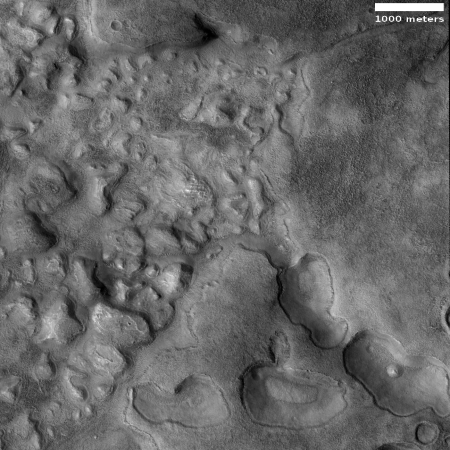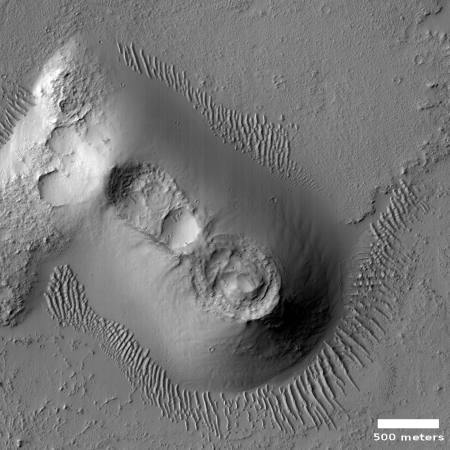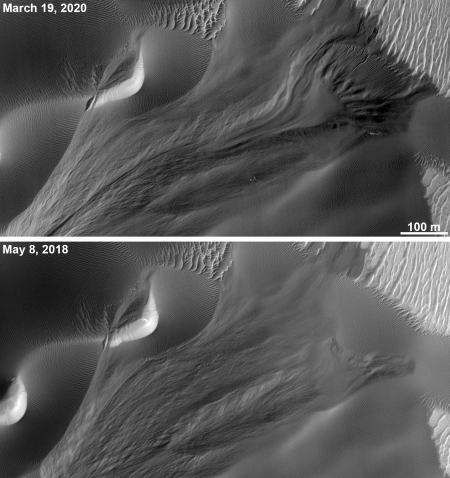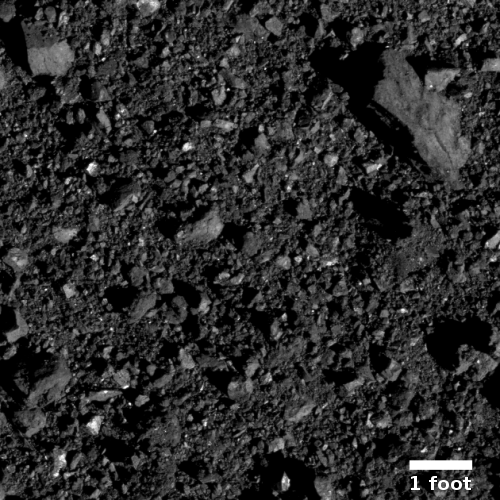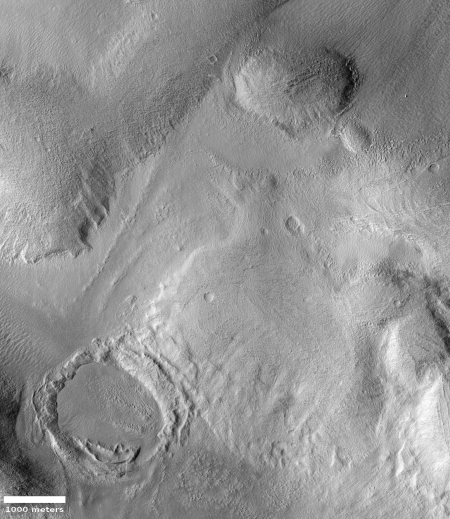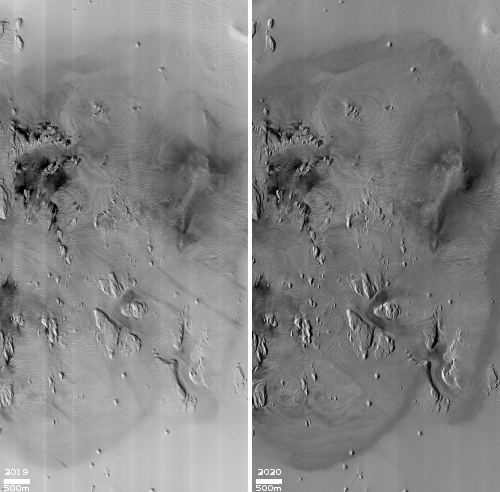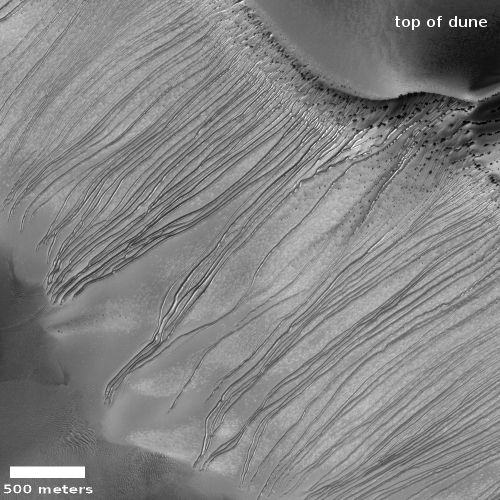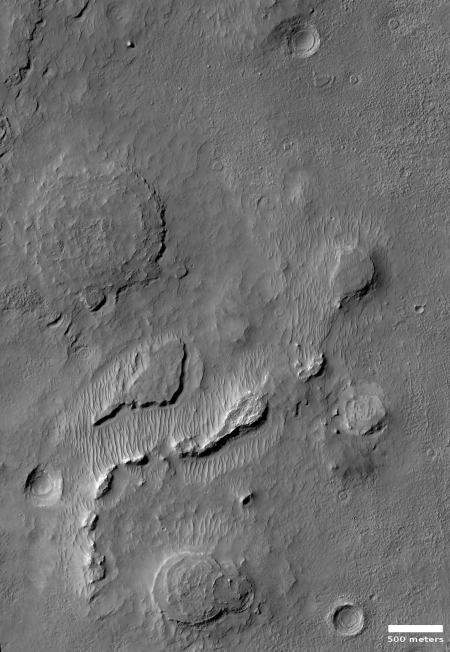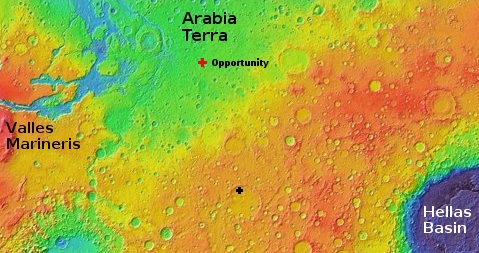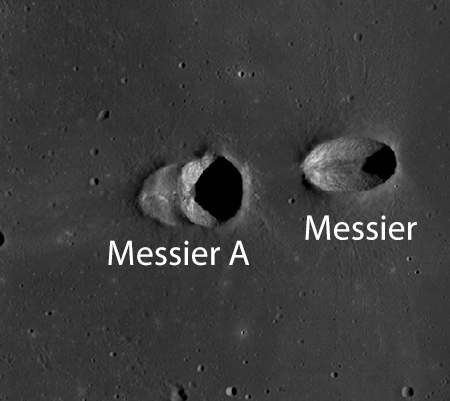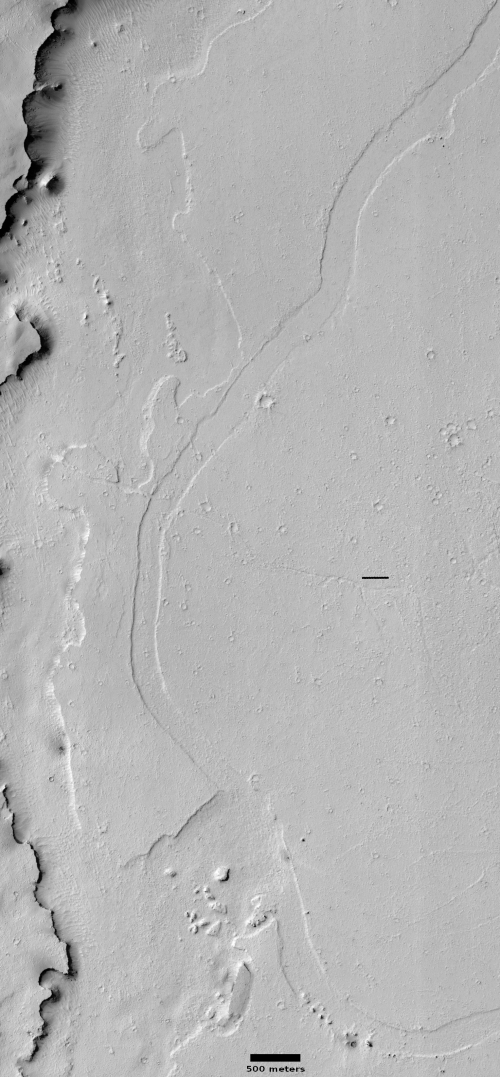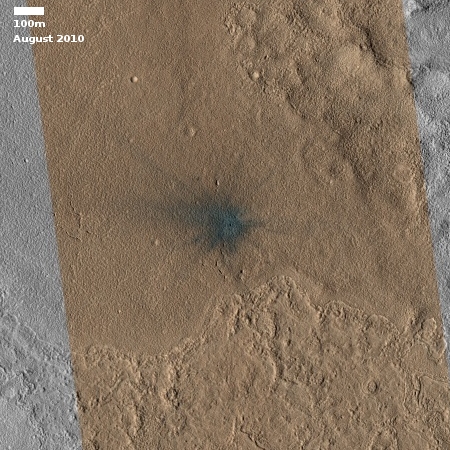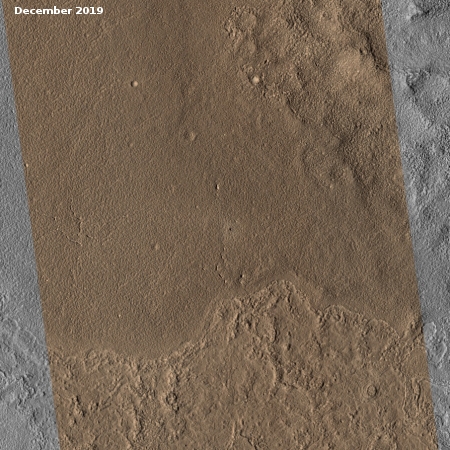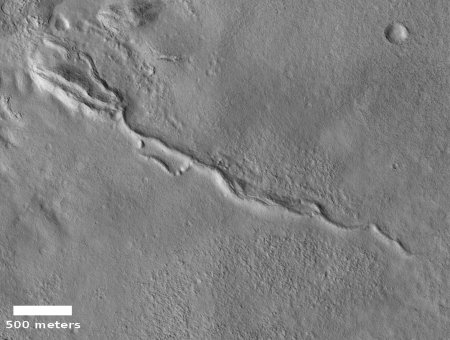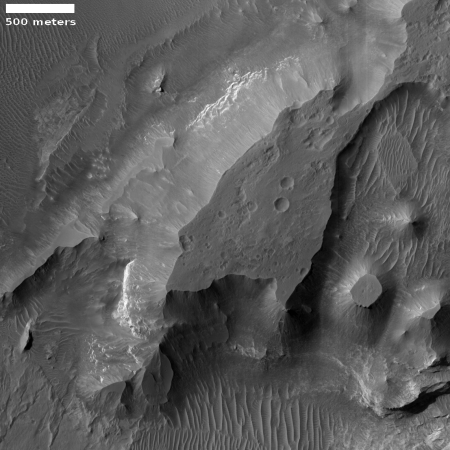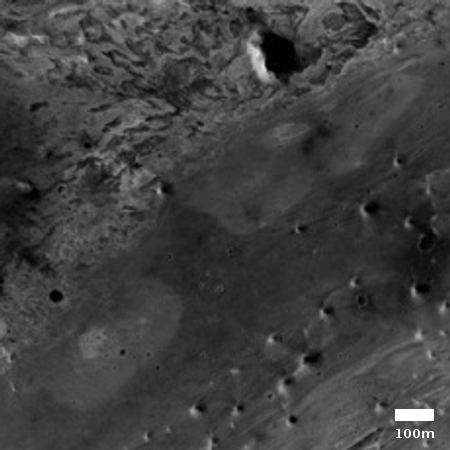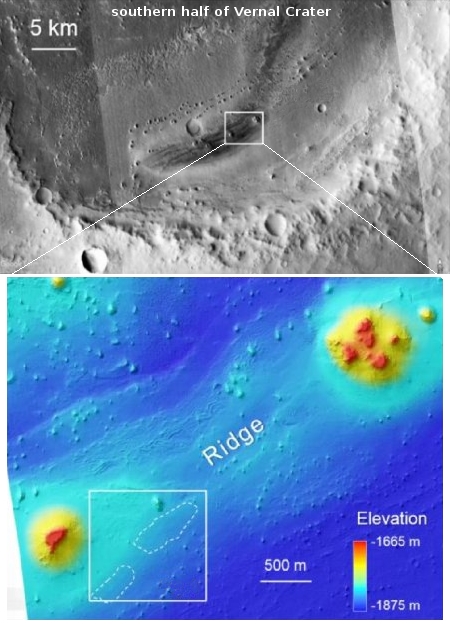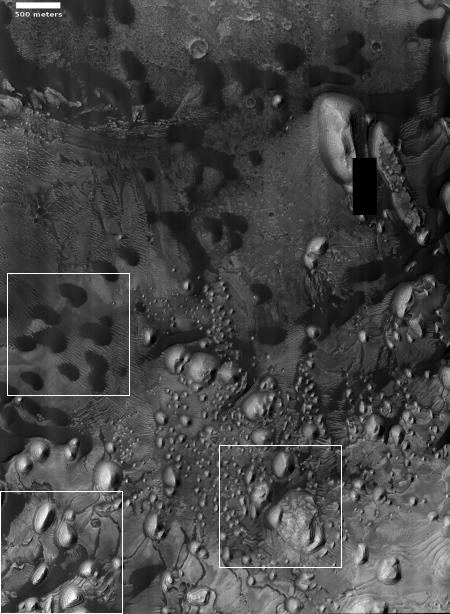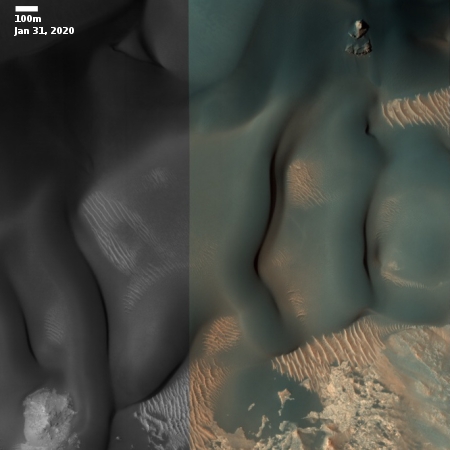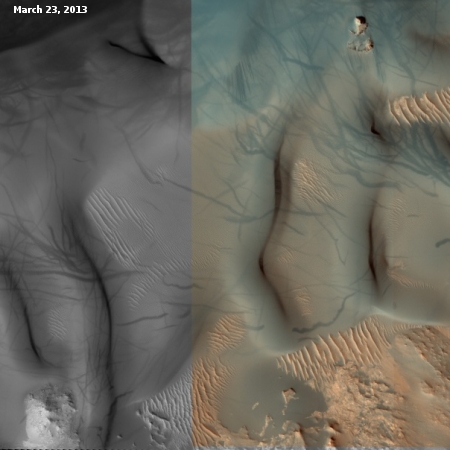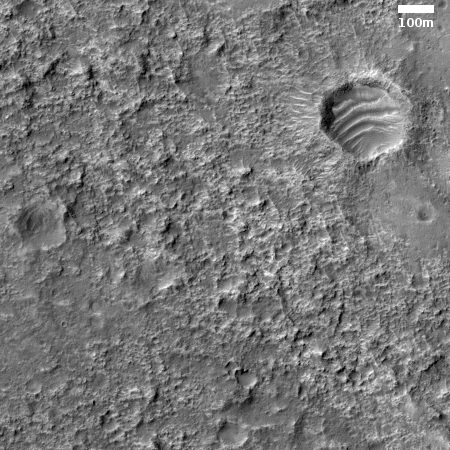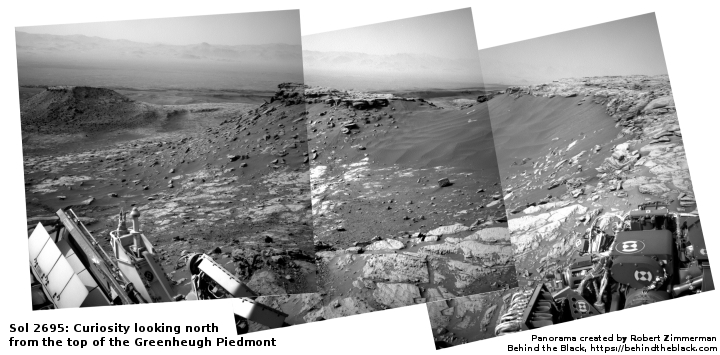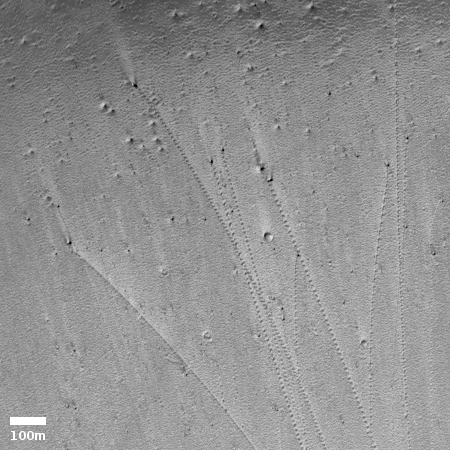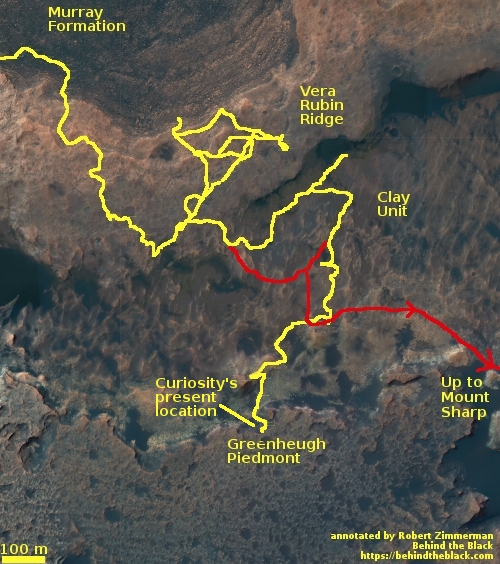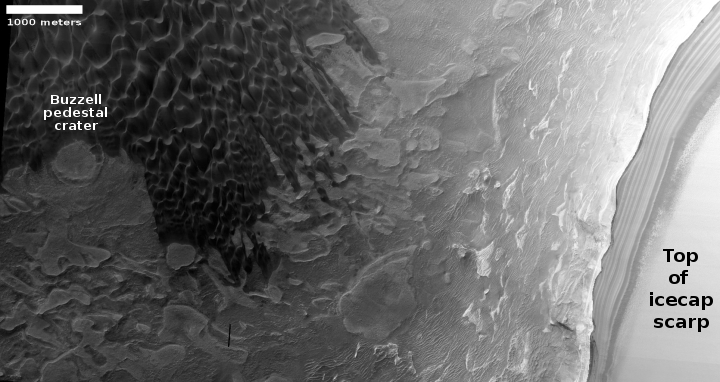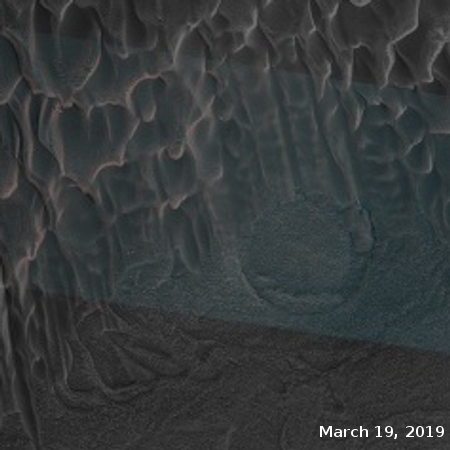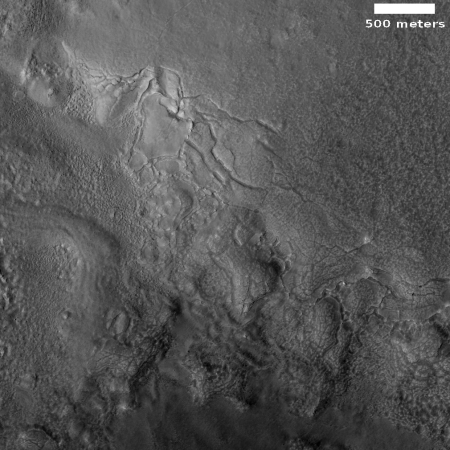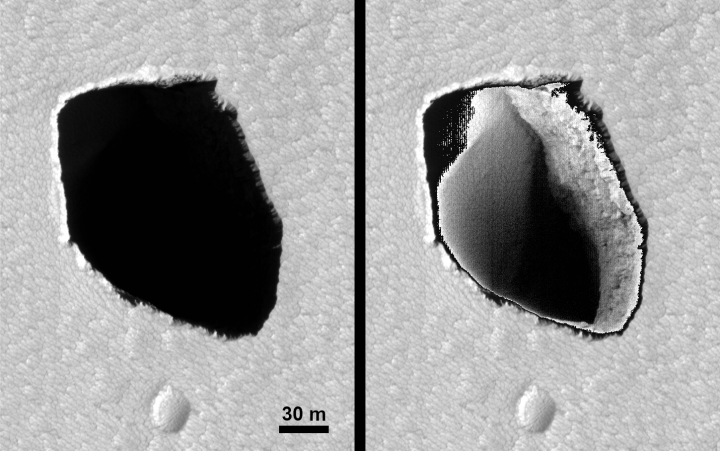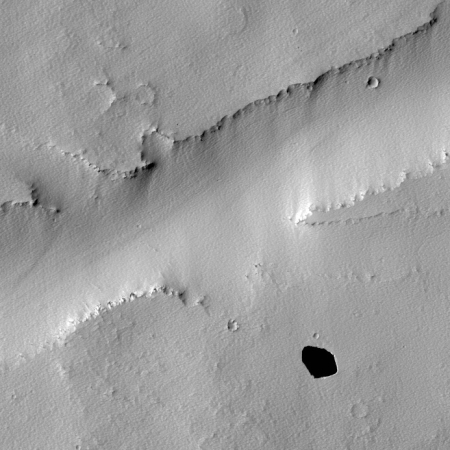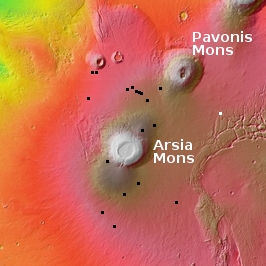Interstellar Comet 2I/Borisov has an excess of carbon monoxide
Astronomers using two difference space telescopes have found that Comet 2I/Borisov, the first known interstellar comet, has an abundance of carbon monoxide when compared to solar system comets.
The team used Hubble’s unique ultraviolet sensitivity to spectroscopically detect carbon monoxide gas escaping from comet Borisov’s solid comet nucleus. Hubble’s Cosmic Origins Spectrograph observed the comet on four separate occasions, from Dec. 11, 2019 to Jan. 13, 2020, which allowed the researchers to see the object’s chemical composition change quickly, as different ice mixtures, including carbon monoxide, oxygen, and water, sublimated under the warmth of the Sun.
The Hubble astronomers were surprised to find that the interstellar comet’s coma, the gas cloud surrounding the nucleus, contains a high amount of carbon monoxide gas, at least 50% more abundant than water vapor. This amount is more than three times higher than the previously measured quantity for any comet entering the inner solar system. The water measurement was made by NASA’s Neil Gehrels-Swift satellite, whose observations were conducted in tandem with the Hubble study.
Carbon monoxide ice is very volatile. It doesn’t take much sunlight to heat the ice and convert it to gas that escapes from a comet’s nucleus. For carbon monoxide, this activity occurs very far from the Sun, about 11 billion miles away, more than twice the distance of Pluto at its farthest point from the Sun. In contrast, water remains in its icy form until about 200 million miles from the Sun, the approximate distance of the inner edge of the asteroid belt.
However, for comet Borisov, the Hubble measurements suggest that some carbon monoxide ice was locked inside the comet’s nucleus, revealed only when the Sun’s heat stripped away layers of water ice. “The amount of carbon monoxide did not drop as expected as the comet receded from the Sun. This means that we are seeing the primitive layers of the comet, which really reflect what this object is made of,” Bodewits explained. “Because of the abundance of carbon monoxide ice that survived so close to the Sun, we think that comet Borisov comes from a much colder place and from a very different debris disk around a star than our own.”
With solar system comets, the ratios between water and carbon monoxide are the reverse, with much more water detected. They theorize, based on these results, that the comet might have come from a cool red dwarf star, but with the available data that is nothing more than a guess at this point.
Astronomers using two difference space telescopes have found that Comet 2I/Borisov, the first known interstellar comet, has an abundance of carbon monoxide when compared to solar system comets.
The team used Hubble’s unique ultraviolet sensitivity to spectroscopically detect carbon monoxide gas escaping from comet Borisov’s solid comet nucleus. Hubble’s Cosmic Origins Spectrograph observed the comet on four separate occasions, from Dec. 11, 2019 to Jan. 13, 2020, which allowed the researchers to see the object’s chemical composition change quickly, as different ice mixtures, including carbon monoxide, oxygen, and water, sublimated under the warmth of the Sun.
The Hubble astronomers were surprised to find that the interstellar comet’s coma, the gas cloud surrounding the nucleus, contains a high amount of carbon monoxide gas, at least 50% more abundant than water vapor. This amount is more than three times higher than the previously measured quantity for any comet entering the inner solar system. The water measurement was made by NASA’s Neil Gehrels-Swift satellite, whose observations were conducted in tandem with the Hubble study.
Carbon monoxide ice is very volatile. It doesn’t take much sunlight to heat the ice and convert it to gas that escapes from a comet’s nucleus. For carbon monoxide, this activity occurs very far from the Sun, about 11 billion miles away, more than twice the distance of Pluto at its farthest point from the Sun. In contrast, water remains in its icy form until about 200 million miles from the Sun, the approximate distance of the inner edge of the asteroid belt.
However, for comet Borisov, the Hubble measurements suggest that some carbon monoxide ice was locked inside the comet’s nucleus, revealed only when the Sun’s heat stripped away layers of water ice. “The amount of carbon monoxide did not drop as expected as the comet receded from the Sun. This means that we are seeing the primitive layers of the comet, which really reflect what this object is made of,” Bodewits explained. “Because of the abundance of carbon monoxide ice that survived so close to the Sun, we think that comet Borisov comes from a much colder place and from a very different debris disk around a star than our own.”
With solar system comets, the ratios between water and carbon monoxide are the reverse, with much more water detected. They theorize, based on these results, that the comet might have come from a cool red dwarf star, but with the available data that is nothing more than a guess at this point.

